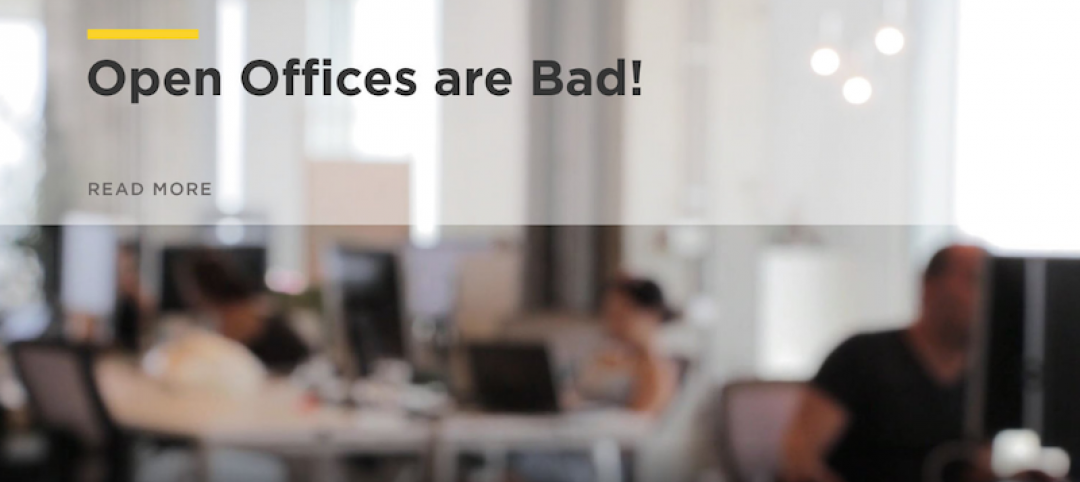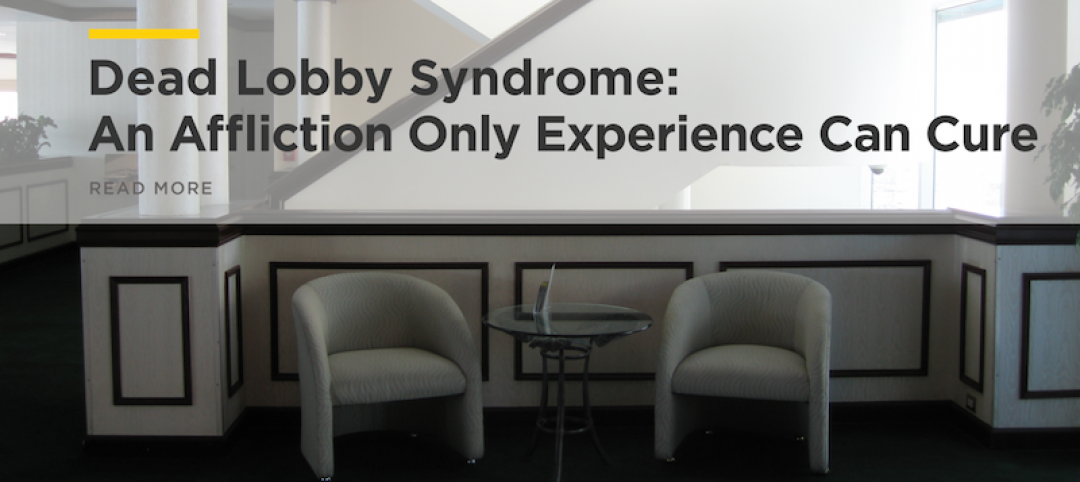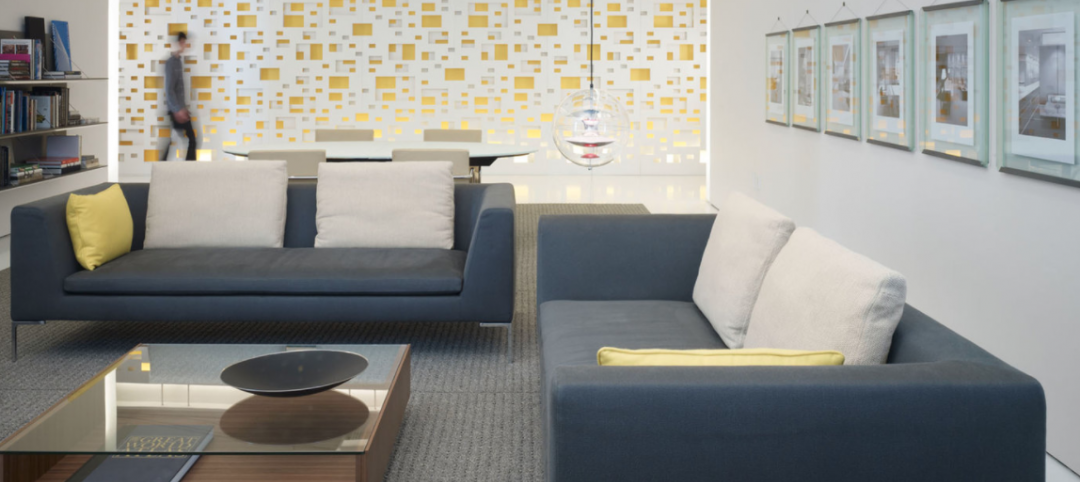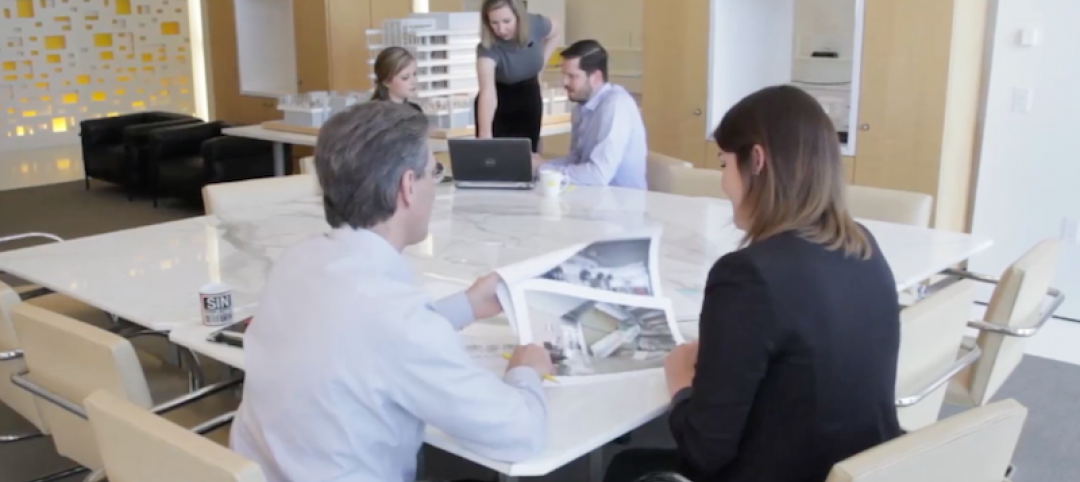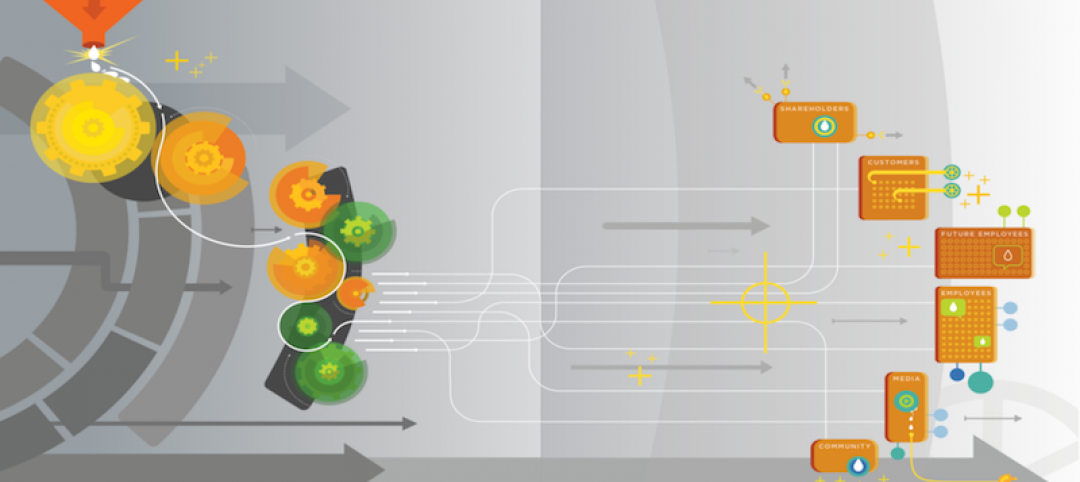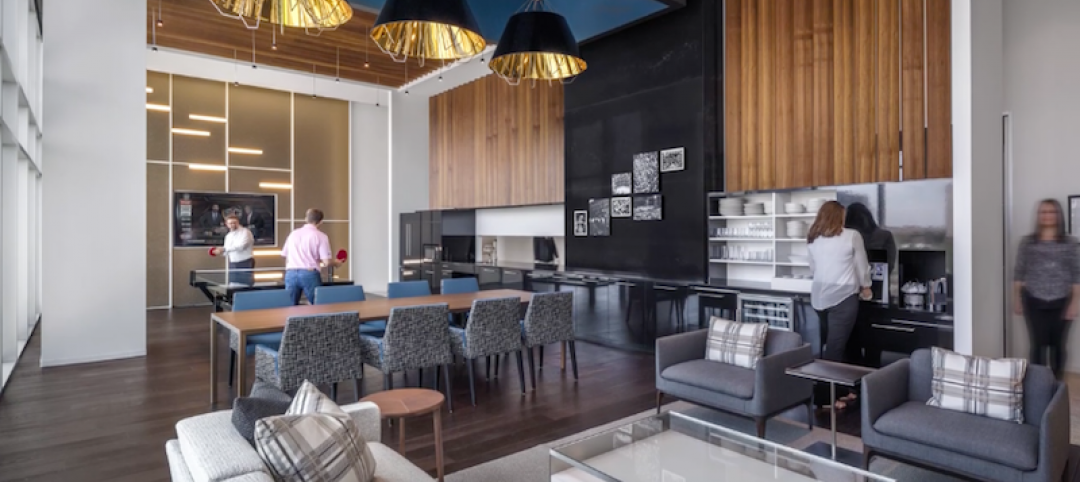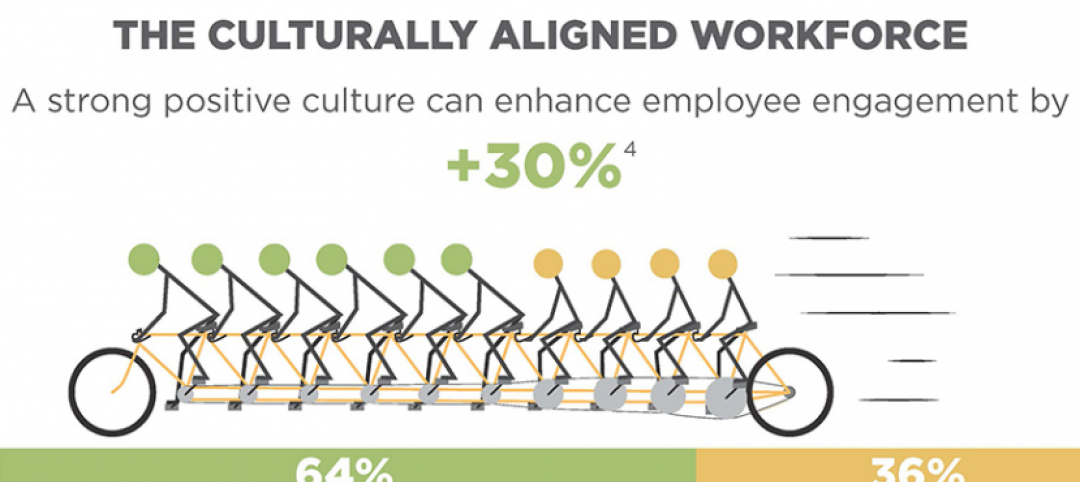Pilot studies are routinely performed in the development of products, technology, research, and services, in order to test the feasibility of an idea on a small scale with minimal financial investment. This same testing process can also be utilized by organizations planning a strategic workplace design to drive business performance. Differentiated from mock-ups or beta sites, workplace pilots are small scale built work environments, where an organization’s employees permanently reside and work on a daily basis. The design of a pilot reflects the workplace strategy solutions being tested, and employees participate in measurement activities during the testing period.
Testing workplace strategy solutions on a small scale before implementing them enterprise wide can provide several benefits to organizations. First, it provides an opportunity for significant long-term costs savings by learning from the challenges and failures identified during the pilot. Building systems and products can be compared, tested and evaluated in a real-world environment. Architectural details are evaluated for road-worthiness before they are repeated tens, hundreds or thousands of times on a larger project. Furniture solutions can be fine-tuned with actual user input. The effectiveness of the workplace design to truly support the business objectives can be measured and tested in real time. These learnings not only apply to the design and architecture of the workplace strategy, but also to the process for transitioning employees in to the new workplace. By testing the overall project management plan that will be implemented when managing the larger project, organizations are able to correct and adjust to ensure the larger project is successful.
Another, softer benefit of a workplace pilot is the impact it can have on the change management effort for the larger project. When employees who reside in the pilot space are taken through a successful and effective change management effort, those employees become ambassadors for the new workplace strategy. As ambassadors, they can describe their own experience working in the pilot and help promote the benefits of the new workplace to their colleagues. In addition, a workplace pilot’s value can last long after the testing has completed and the learnings have been incorporated. It can remain a permanent environment that all employees within the organization can visit, see and touch. This allows employees to experience the benefits of the new workplace for themselves. A personal, positive experience is much more likely to lead to the adoption of desired behaviors, than receiving a communication or presentation about the workplace change.
Workplace pilots can test a variety of workplace design and process solutions, but can provide the most value when they are a true microcosm of a larger strategic real estate project. In those instances, the data and learnings can be far reaching; not only impacting workplace design, but project processes and change management as well.
More from Author
PDR | Feb 13, 2024
Creating thoughtful tech workplace design
It’s important for office design to be inspiring, but there are some practical principles that can be incorporated into the design of real-world tech workplaces to ensure they convey an exciting, sophisticated allure that accommodates progressive thinking and inventiveness.
PDR | Jan 11, 2019
Open offices are bad!
The Harvard studies on the unintended effects of open office defines it as space where 'one entire floor was open, transparent and boundaryless… [with] assigned seats,' and the other had 'similarly assigned seats in an open office design, with large rooms of desks and monitors and no dividers between people's desks.'
PDR | Oct 16, 2018
Dead lobby syndrome: An affliction only experience can cure
The competition for great tenants has rarely been as fierce as it is today.
PDR | Jan 25, 2018
Four keys to designing autistic-friendly spaces
Autism, in part, gave us modern architecture, writes PDR’s Julie Troung.
PDR | Jul 26, 2017
Meeting space leads to innovation
PDR Principal Larry Lander explains how to design for workplaces where four generations are working together.
PDR | Jul 25, 2017
Managing workplace change: The three C's to building trust
Building trust takes time and consistency, and is typically much easier to break than build.
PDR | Feb 28, 2017
Workplace wellbeing
Organizations are starting to realize that there are benefits to addressing employee wellbeing.
PDR | Oct 4, 2016
Video blog: How to future-proof your workplace
Larry Lander, a Principal with PDR and a registered architect, discusses how modularity can improve a workplace for the business and the individual.
PDR | Sep 8, 2016
Video blog: Top color trends for 2016
Karen Wetmore, Lead Designer at PDR, talks about what’s trending with materials and colors in the workplace.
PDR | Jul 29, 2016
The ROI of company culture: Why companies should look at culture’s impact on profit
Organizations that purposefully craft and develop their culture experience a 14% turnover rate, whereas organizations that ignore their culture experience a 48% turnover rate, writes PDR Senior Consultant Christine Mikhail.



